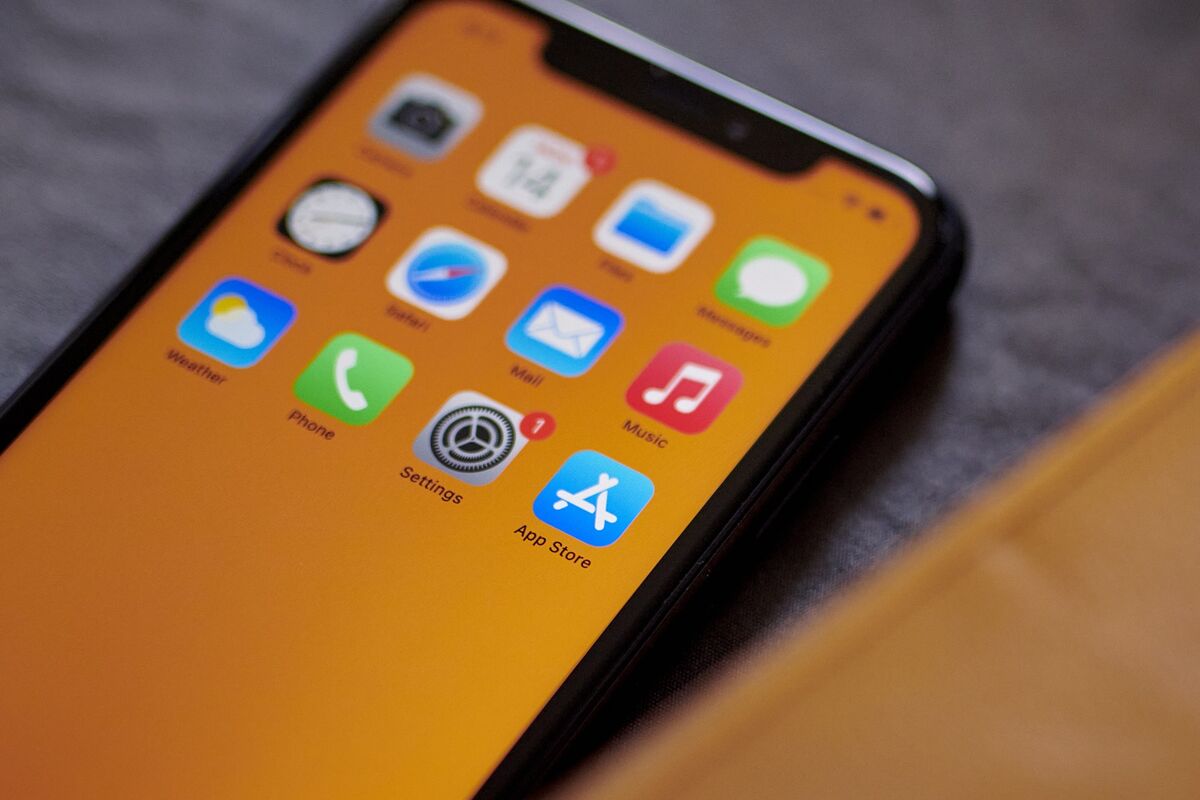"And you are charging 27%..."

Apple Fellow Phil Schiller frolicked into court yesterday:1
A senior Apple Inc. executive told a US judge that the iPhone maker’s new 27% fee on purchases made outside its App Store are a good-faith attempt to comply with the law.
“We are trying to enable what the law requires,” Apple Fellow Philip Schiller said Friday during the fourth day of a hearing focused on Apple’s compliance. “There was mentioned in the order about if Apple has a right to a fee even without” developers using its in-app payment system.
I am quite curious if Schiller or the author here is the one who used "good-faith" because it seems to me that this is the heart of the issue here. While Apple may indeed be following the letter of the law, US District Judge Yvonne Gonzalez Rogers seems skeptical that Apple is doing so in a way that achieves the clear objective of the change she ordered.
The change to anti-steering, which means Apple now has to allow developers to link out from their apps to their websites to allow customers to pay for services outside of the App Store mechanisms, wasn't put in place so people would use the web more. It was put in place so developers could have more flexibility in offering their services to their customers. But the results, so far, are that nothing has actually changed. There is no more flexibility. Because Apple created a situation that is actually worse for developers.
“The world has changed and linking out is being required,” he said. “I do not have a preference against link-out. I want to make the solution safe for our customers. That’s what I’m focused on.”
By... making it so that basically no developers use the ordered changes?
Earlier in the hearing, Apple’s attempts to justify the 27% fee backfired as Rogers questioned another executive about a company-commissioned study showing half that rate would be reasonable.
Carson Oliver, senior director for business management for the App Store, testified that Apple hired economic consulting firm Analysis Group Inc. to help create a new commission rate for purchases.
But Rogers repeatedly chastised Oliver for statements about how Apple decided it would charge developers 27% for purchases of digital goods or services made outside its App Store, given that the lowest end of the range in the Analysis Group study is 12.3%.
“How did you justify the other 15% you are charging?” she said.
It's hard to know for sure without being there, but this sure reads like the judge is not buying what Apple is selling here.
Apple provides a number of services to developers including discovery of apps, distribution, developer tools and platform technology, along with additional privacy, user trust and safety that aren’t comparable to other platforms, Oliver testified. He said Apple estimates the true low-end was 17%.
It seems fair that Apple shouldn't have to match the lowest cut that other companies take. Apple certainly does a lot for developers, including, of course, making this market. No one has ever argued otherwise. The argument has been about the 30% fee, which was a completely arbitrary legacy cut which started with Nintendo making video game cartridges – actual physical product – for third-party game-makers in the NES days. And it somehow jumped into other businesses such as entertainment with iTunes. But we're a long way from video game cartridges. And 27% is just 30% in disguise.
The Analysis Group study found the value of those services would amount to between 12.3% at the low end or 92% at the high end depending on factors like the size of the developer, Oliver said.
“And you are charging 27%,” Rogers interjected.
Oliver said Apple executives believe the effective rate of the commission is lower than that.
“That’s a big assumption,” the judge replied. “Your assumptions are just that — they are assumptions. There’s no data for it.”
“That’s not true,” Oliver said.
A weird way to end the story. Apple certainly has data on that point – and presumably what Oliver is saying is that 27% is the top-end rate not the blended rate when you take into account the commission drop in the second year of subscriptions, the discount for smaller businesses, etc. Apple has all of that data and it's weird the judge would say it's an "assumption".
Instead, she should simply argue that whatever the blended cut ends up being, 27% is still too high as an entry point because it's clearly dissuading developers from taking advantage of the new rules. Because when all is said and done, after the payment processing fees and other overhead, they're now going to be paying more than 30%. Apple's committee on the matter – Schiller, Tim Cook, and CFO Luca Maestri – clearly came to 27% for that exact reason. And the effect is exactly what they'd hope for: the status quo remaining intact (security and all, to throw Schiller a bone here).
It's interesting that Apple put 17% out there. You have to wonder if there isn't a world in which a compromise in the 20%-25% range isn't reached, eventually. And if Apple doesn't just drop the top cut from 30% down to this range in the App Store itself eventually. You know, as a "good-faith" gesture...
1 I'm sorry, but I find it impossible to use the phrase "Apple Fellow" without my mind immediately turning to some kind of whimsical character in a forest, like J.R.R. Tolkien's Tom Bombadil.
How about a song?
Hey dol! merry dol! ring a dong dillo!
Ring a dong! hop along! Fal lal the willow!
Tom Bom, jolly Tom, Tom Bombadillo!
The best, the only, the true Apple Fellow!

